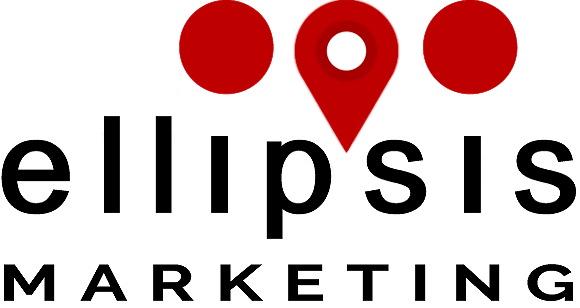
A monthly newsletter can be an effective marketing tool but it takes planning to be successful. Here’s how to plan a monthly newsletter.
How to Plan a Monthly Newsletter
Here are the steps for planning a monthly newsletter.
- Set Goals - The goals you focus on will depend on your company. Your newsletter should support your business goals, vision, and values. When crafting your newsletter strategy, think about why you want to create the campaign. The clearer you are on the reasons behind it, the more successful your newsletter will be. Think about these questions:
- What do you want to achieve?
- Do you want to inform people of new blog posts, special events, or products?
- Do you want to win new customers and strengthen relationships with existing customers?
- Develop KPIs - KPIs depend on the goals you’ve set and help you measure the success of your email marketing campaign and your strategy. Identify and evaluate KPIs that are critical for achieving your goals, use them to analyze and evaluate your campaigns, determine their success or failure, and adapt your strategy. Some key figures include:
- Open rate
- Click rate
- Deliverability rate
- Sign-up rate
- Click-through rate
- Bounce rate
- Spam rate
- Conversion rate
- Rate of new subscriptions, etc.
- Determine Sending Time - When you send out your newsletter is critical for its success. It’s important that you reach your audience when they’re likely to be checking their email. Analyze your target group and experiment. Try sending out your newsletter at different times to see when your open rates are the highest. You can also use analysis tools that show you when your target group is active on your website. Use this knowledge to send out your newsletter when your audience is active.
- Create Content Guidelines - Your newsletter content should guide and motivate your audience to do what you want them to. Figure out the content that best serves your strategy and audience. Try looking at other newsletters to find inspiration and ideas for content, products, and events. You can also survey your audience to see what they want in your newsletter.
- Choose Newsletter Software - Select newsletter software to create, send out, and evaluate your email campaigns. There are some free options, such as WordPress or an SMTP relay, but there are risks to using them. A professional provider, on the other hand, can meet your requirements and guarantee high deliverability and data security. Consider and make a list of which features you need and what services are important to compare newsletter tools. Here are some things to look for:
- A drag-and-drop email editor for simplicity
- A variety of pre-made and customizable responsive newsletter templates
- Personalization, for creating individual email content
- Segmentation options to divide up contact lists and target different audiences
- Integrated image editing for easy adjustment
- Responsive subscription widget to build legally compliant subscriber lists
- Intelligent contact management to deal with data efficiently
- Optimized deliverability so emails reach inboxes
- A/B testing for testing campaigns
- Detailed statistics for analyzing performance
- A free trial to see if it meets your needs
- Compatibility with other systems and services that you use
- Legal compliance and certifications
- Build A Contact List - Building a high-quality contact list can be challenging, but it doesn’t have to be difficult if you do it right.
- Don’t Buy Lists - Purchased lists contain email addresses for people who don’t know your company and don’t want to receive your emails. They’ll probably block you and send your newsletter to spam, which can damage your deliverability and reputation.
- Create Sign-Up Widgets - Use a responsive sign-up widget connected to a double opt-in form to avoid fake email addresses and reduce the risk of being classified as a spammer. Add the sign-up widget to the different pages on your website and ask for as little information as possible (name and email address) when users are registering. You can ask for further information later on. Highlight the benefits of signing up and show people the value your newsletter offers. Divide subscribers into specific segments to tailor content and deliver the value you’ve promised.
- Use Landing Pages - Create special newsletter landing pages to grow your contact list. A landing page lets you align the entire page with the newsletter subscription and optimize it. You can present all of the advantages your newsletter offers, such as special offers, updates, industry news, invitations to exclusive events, and access to exclusive content.
If you want to know more, check out Email Marketing - Specially designed for Small Businesses and Entrepreneurs in the United States to build strong relationships with current, previous, and future customers, or contact us.
Tags: monthly newsletter, strategy

